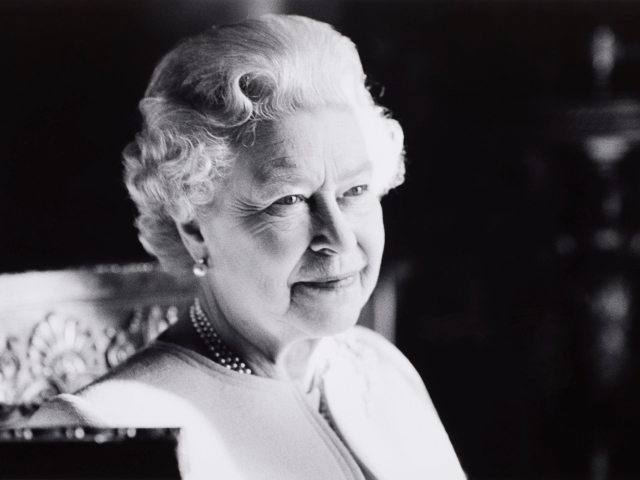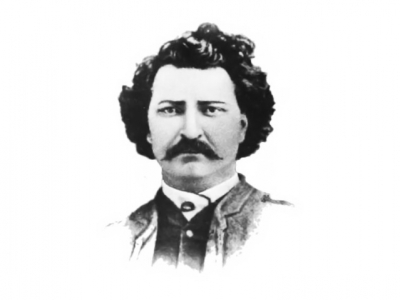After serving as the Queen of Canada for seventy years, Queen Elizabeth II has died. While her death represents a sombre moment in Canadian history, it does signal that a bunch of changes will need to be made.
Above all, the death of Queen Elizabeth means that Prince Charles automatically becomes King of Canada. According to the Associated Press, royal officials say the new monarch will be known as King Charles III.
Since the Queen’s name, image, and title are used on many things, such as stamps, legal contracts, citizenship oaths and passports, governments will have to replace those as quickly as possible. However, it could take time before all of those references are replaced.
In Manitoba, the Court of Queen’s Bench will now be known as the Court of King's Bench, effective immediately after her death. A similar change has been made to courts in Alberta, Saskatchewan and New Brunswick.
The current $20 bill features Queen Elizabeth, as do all the coins that are currently in circulation. Those will, however, need to be replaced over time to feature a portrait of the new King.
Pascale Poulin, a public affairs coordinator with the Royal Canadian Mint, says that the change doesn't necessarily need to be made right away because all coins issued by the Government of Canada are legal tender, regardless of whether a new monarch is crowned. She also says that the transition to a new heads side of the coin will be made at the direction of the federal government.
The Bank of Canada says that it doesn't plan on re-designing the $20 bill anytime soon, but plans on featuring the current reigning monarch when it is eventually re-designed.
Canada Post hasn't said whether anything will happen to stamps featuring the Queen’s image, but will presumably continue to accept those used after her death as legal postage.
They say that they have a National Stamp Advisory Committee that evaluates and determines what appears on stamps, which is only disclosed once the stamp is announced publicly.
Prime Minister Justin Trudeau announced that the coming days will be a period of mourning for Canadians and for all Commonwealth citizens around the world. He says this period will end with a national day of mourning when a commemorative service is held to mark her passing. During this period of mourning, all Canadian flags will be flown at half-mast on all federal buildings in Canada and abroad, including the Peace Tower in Ottawa, from the time of notification of death until sunset on the day of the funeral or the memorial service. In addition, public events or ceremonies involving government officials may be postponed.
More information on the commemorative events that will be taking place can be found on the Government of Canada website.







